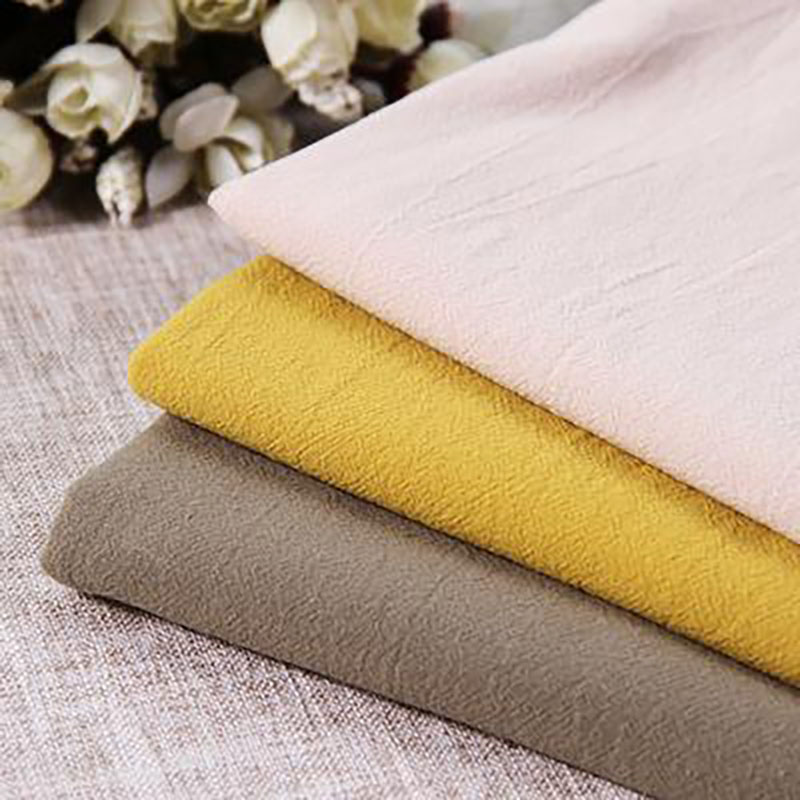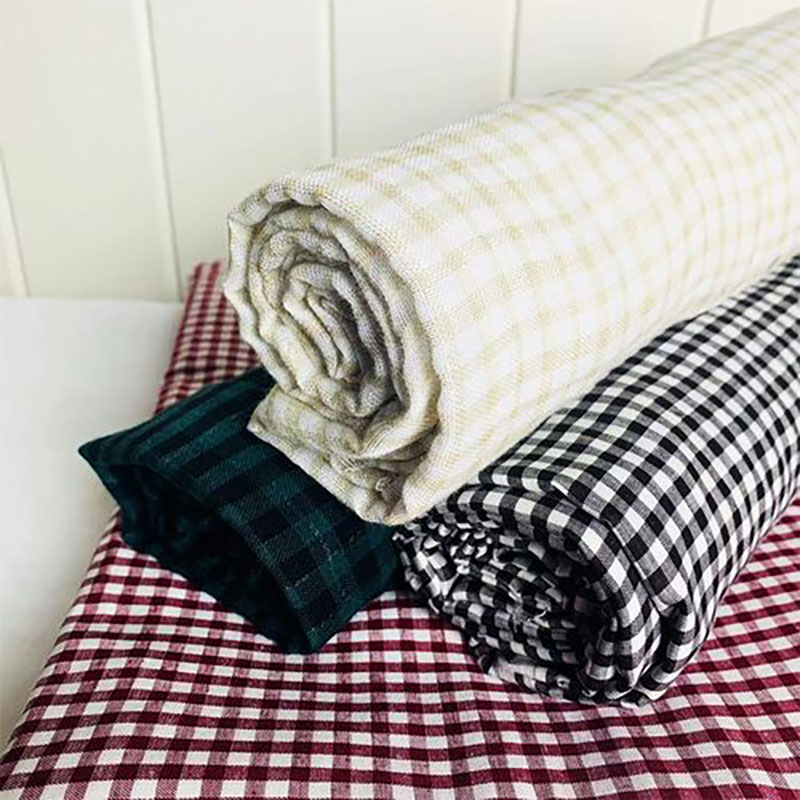In the ever-evolving world of textiles, dual-layer fabric structures have emerged as a significant innovation, enhancing the functionality and versatility of various products. These fabrics typically consist of two distinct layers, each serving a unique purpose, which can significantly influence the performance characteristics of the final product.

The first layer, typically crafted from material that provides comfort and breathability, plays a crucial role in ensuring user satisfaction. The second layer often employs advanced materials designed for durability, weather resistance, or insulation properties. Together, these layers create a highly functional textile that caters to diverse performance needs.
Dual-layer fabric structures are utilized in various sectors including apparel, outdoor gear, and technical textiles. For instance, in the sportswear industry, these fabrics can enhance athletic performance by providing moisture-wicking properties coupled with increased warmth retention. In technical applications, they serve critical roles in protective clothing, where the need for both comfort and safety is essential.

The key advantages of dual-layer fabric structures include enhanced durability, improved comfort, and optimized performance tailored to specific applications. These fabrics not only meet the basic requirements of end-users but also deliver added value by incorporating advanced textile technologies.

As we continue to explore the applications of dual-layer fabric structures, it becomes clear that their integration into various products represents a significant step forward in textile innovation. Embracing these advancements not only enhances product quality but also drives industry growth, translating to greater market competitiveness.
